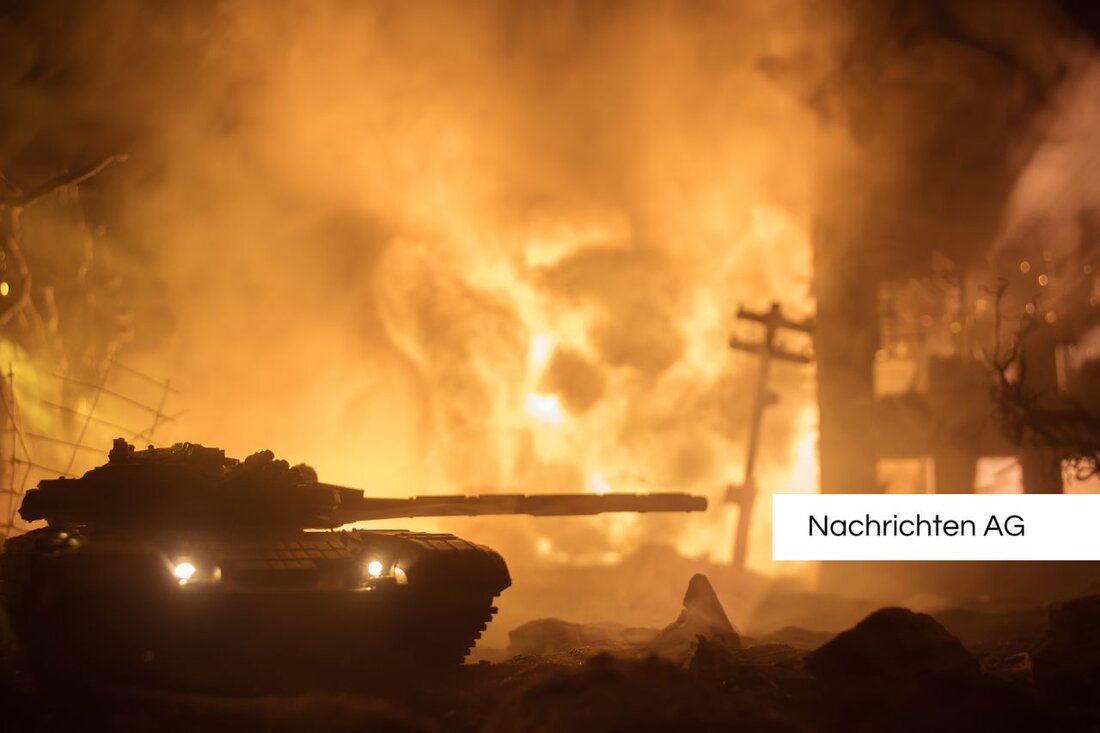Forgotten Heroes: A Look at Japan's Struggle in World War II
The University of Heidelberg presents a lecture series on the Second World War and the end of the war in the Asia-Pacific region, led by Takuma Melber.

Forgotten Heroes: A Look at Japan's Struggle in World War II
In the final year of World War II, the conflict in the Asia-Pacific region reached a critical point. Japan stood its ground against US troops as they moved ever closer to the main islands. In particular, the fighting in the Mariana Islands, the Philippines, Iwo Jima and Okinawa resulted in a high death toll. In May 1945, Japan was not ready to surrender, although losses and the military situation were increasingly dire. In this context, the scientist Takuma Melber presents on Heidelberg Center for Transcultural Studies from the University of Heidelberg gave a lecture on the end of the war in the Asia-Pacific region, which also deals with topics beyond the well-known atomic bombings.
Melber, whose research interests include colonialism and imperialism in Asia as well as the history of the Japanese occupation, contributes to the current series “1945: Epoch Threshold and Space of Experience” with his lecture. This series was created by historian Prof. Dr. Manfred Berg designs and aims to bring socially relevant research questions to the public in various formats. Five more lectures in the series will take place on Mondays in the auditorium of the Old University at 6:15 p.m., and recorded content will be available later heiONLINE available.
The atomic bombings and their consequences
The atomic bombs dropped on Hiroshima and Nagasaki on August 6th and 9th, 1945 represented a turning point in history. Hiroshima was attacked with the bomb called “Little Boy”, while the “Fat Man” was dropped on Nagasaki. These decisions were made in the context of intense military conflict and were aimed at forcing Japan to surrender unconditionally and ending the war more quickly. President Harry S. Truman authorized the use of the atomic bomb under the pretense of avoiding further American losses as the war continued in the Pacific. The immediate destruction resulted in around 140,000 deaths in Hiroshima and around 70,000 in Nagasaki, with many other victims suffering long-term from congenital radiation-related diseases.
The use of these nuclear weapons has profound health, social and environmental impacts on the survivors, known as “hibakusha.” In Hiroshima and Nagasaki, people are still living with the consequences of these attacks to this day. Global ethical debates arose about the use of nuclear weapons, which were shaped not least by the experiences of the survivors. In 2016, Barack Obama became the first U.S. president to set foot on Japanese soil for the Hiroshima commemoration without apologizing for the use of the bomb, reigniting ongoing discussions about the justification for those attacks.
The path to surrender
Despite the devastating destruction caused by the atomic bombings, Japan did not immediately give up. It was not until August 15, 1945 that Emperor Hirohito announced the surrender. Ultimately, the unconditional surrender was formally signed on September 2, 1945. These events marked not only the end of the Second World War, but also the beginning of the nuclear arms race that would decisively shape the geopolitical landscape of the 20th century. Japan committed itself in its 1946 constitution to never again wage war and to reject nuclear weapons, while debates over the necessity of those principles are being reignited amid rising tensions, such as with North Korea.
Takuma Melber's lecture, which deals with various aspects of the end of the war and its far-reaching consequences, helps to shed light on the complexity of these events and their significance for today's society.

 Suche
Suche
 Mein Konto
Mein Konto
